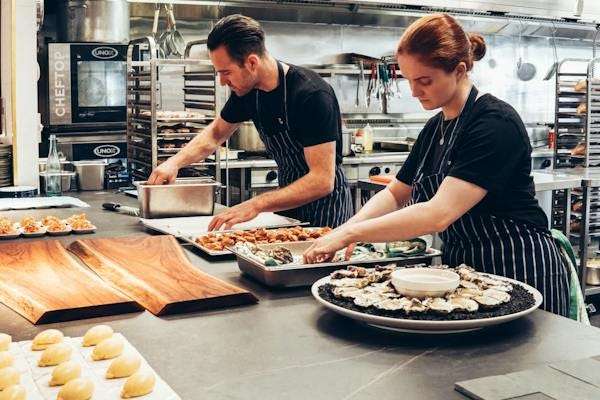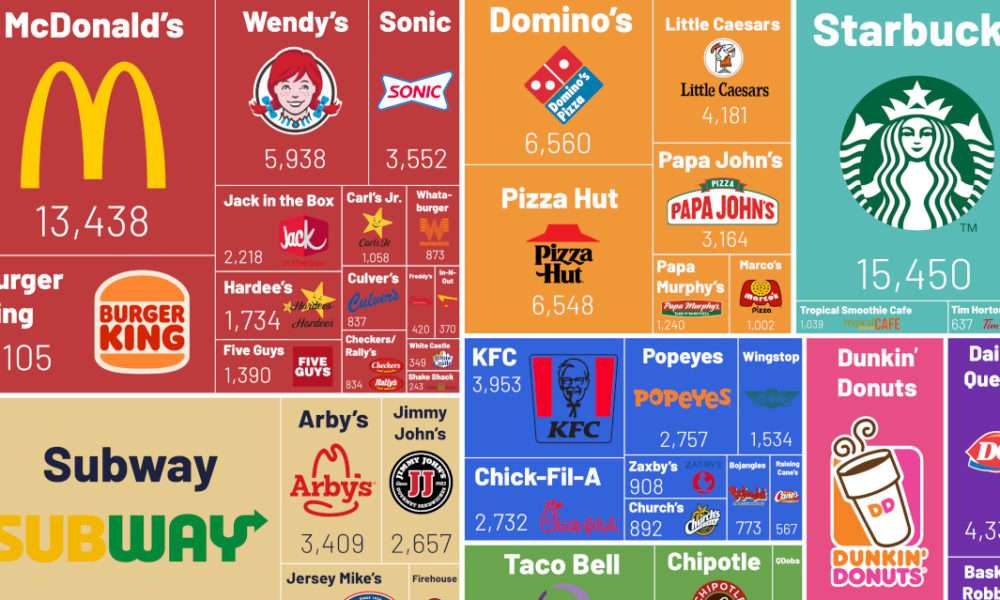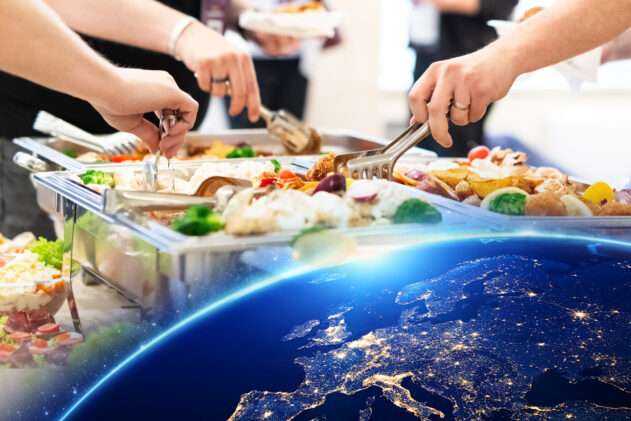The South American foodservice industry is a dynamic and diverse sector, reflecting the continent’s rich culinary traditions and cultural diversity. This report provides an overview of the current state of the industry, including market size, key segments, major players, and emerging trends. It also examines the impact of external factors such as economic conditions and changing consumer preferences on the industry’s growth prospects.
Industry Overview
Market Size and Growth
The South American foodservice industry encompasses a wide range of establishments, including restaurants, cafés, fast-food chains, and catering services. While precise market size data can vary by country and region, the industry is significant in terms of revenue generation and employment opportunities. It has experienced steady growth in recent years, driven by factors such as urbanization, rising disposable incomes, and changing lifestyles.
Key Segments
- Full-Service Restaurants (FSRs): These establishments offer sit-down dining experiences and a diverse range of cuisines, catering to both local and international tastes.
- Quick-Service Restaurants (QSRs): Fast-food chains and casual dining outlets provide convenient and affordable options for on-the-go consumers.
- Cafés and Coffee Shops: With a growing coffee culture in many South American countries, cafés and coffee shops have become popular gathering places for socializing and relaxation.
- Street Food Vendors: Street food vendors play a significant role in South American culinary traditions, offering a wide variety of snacks and meals in bustling urban centers.
Trends and Drivers
Health and Wellness
- Demand for Healthier Options: Consumers are increasingly seeking healthier menu choices, including organic, plant-based, and low-calorie options.
- Wellness Tourism: South America’s natural beauty and wellness offerings are attracting tourists seeking healthy dining options and culinary experiences.
Digital Transformation
- Online Ordering and Delivery: The adoption of digital platforms for ordering and delivery has accelerated, driven by convenience and changing consumer habits.
- Tech Integration: Restaurants are investing in technology solutions such as mobile apps, digital menus, and contactless payment systems to enhance the customer experience.
Sustainability
- Environmental Concerns: There is growing awareness of environmental issues, leading to a demand for sustainable practices such as eco-friendly packaging and sourcing locally grown ingredients.
- Reducing Food Waste: Restaurants are implementing strategies to minimize food waste through portion control, composting, and donation programs.
Challenges
Economic Instability
- Fluctuations in currency values, inflation rates, and political instability in some South American countries can impact consumer spending and business operations.
Regulatory Compliance
- Navigating complex regulations related to food safety, labor laws, and licensing requirements can be challenging for foodservice businesses, especially smaller establishments.
Competition
- The industry is highly competitive, with both local and international chains vying for market share, leading to price wars and pressure on profit margins.
Future Outlook
Growth Opportunities
- Despite challenges, the South American foodservice industry is poised for continued growth, driven by factors such as urbanization, tourism, and a growing middle class with changing consumption habits.
Innovation and Adaptation
- Businesses that innovate and adapt to changing consumer preferences, embrace technology, and prioritize sustainability are likely to succeed in the evolving market landscape.
Regional Integration
- Cross-border collaboration and partnerships within South America offer opportunities for expansion and diversification, enabling companies to tap into new markets and revenue streams.
Conclusion
The South American foodservice industry is a dynamic and evolving sector that plays a vital role in the region’s economy and cultural identity. By embracing innovation, sustainability, and digital transformation, foodservice businesses can navigate challenges and capitalize on emerging opportunities to thrive in the years to come.
Related: North American Food Service Industry Report



